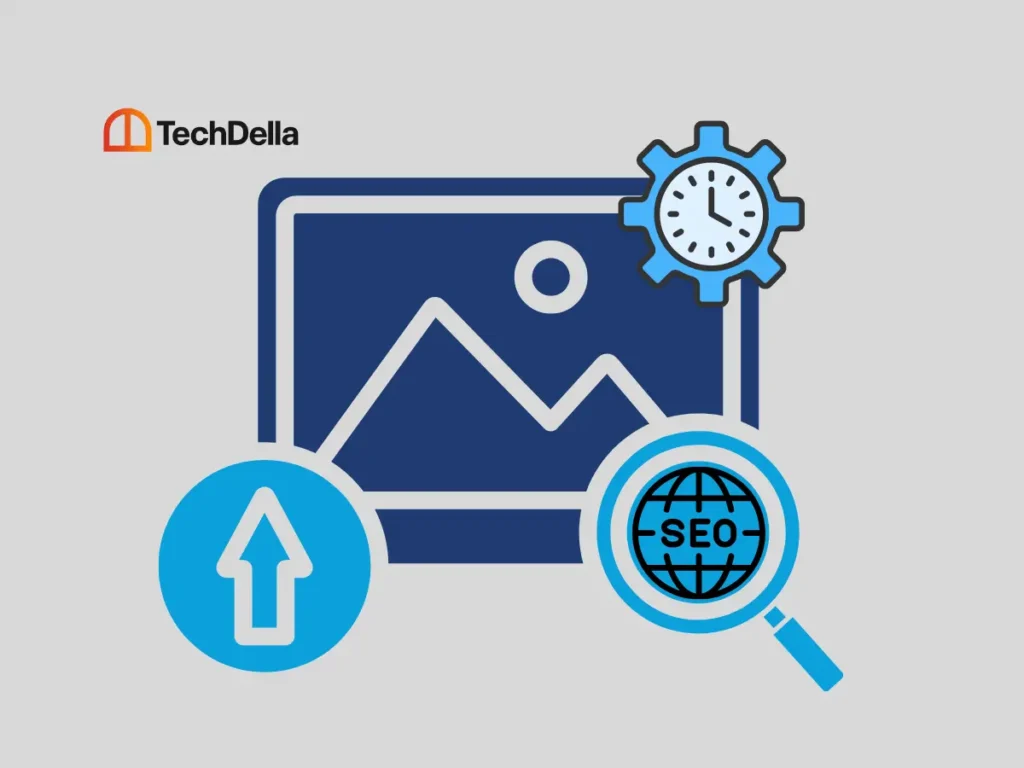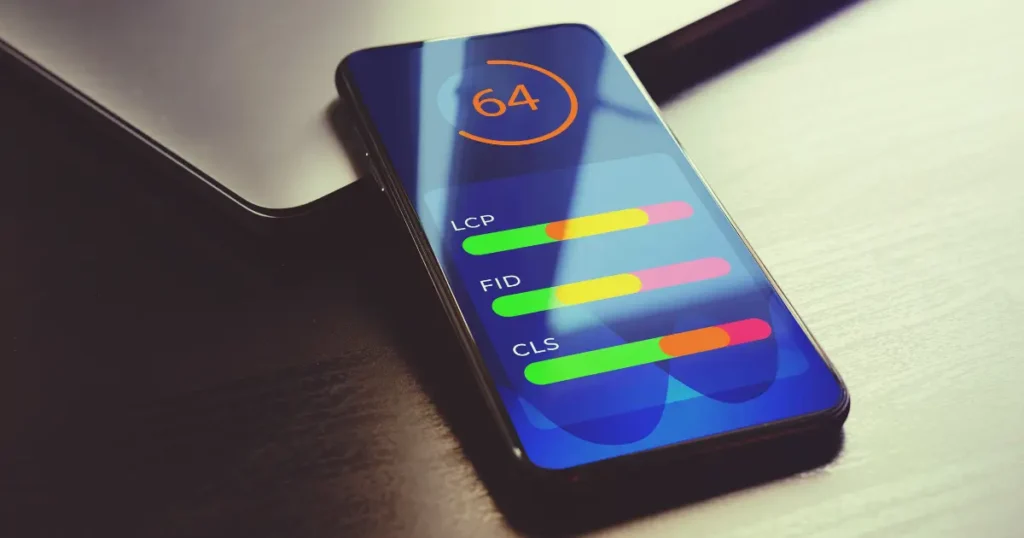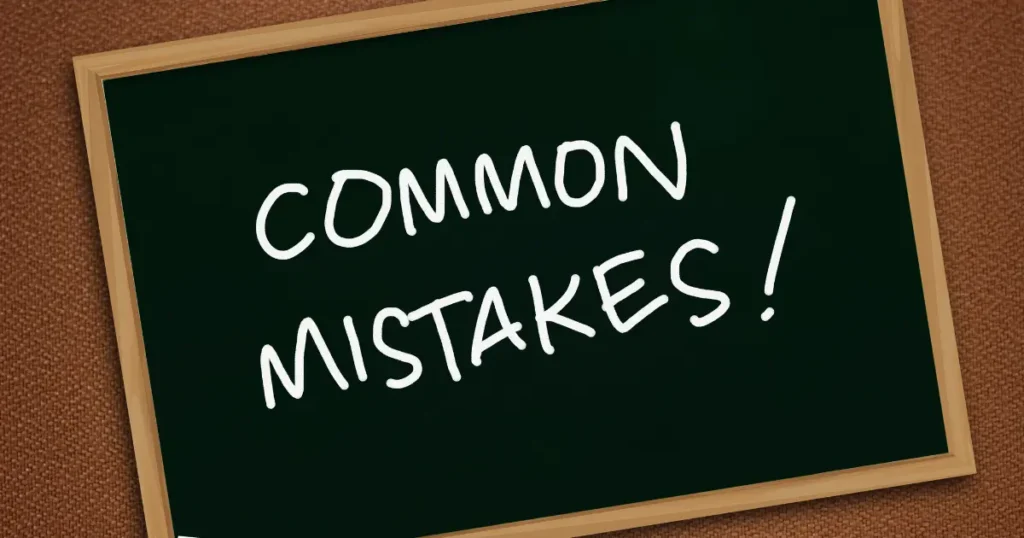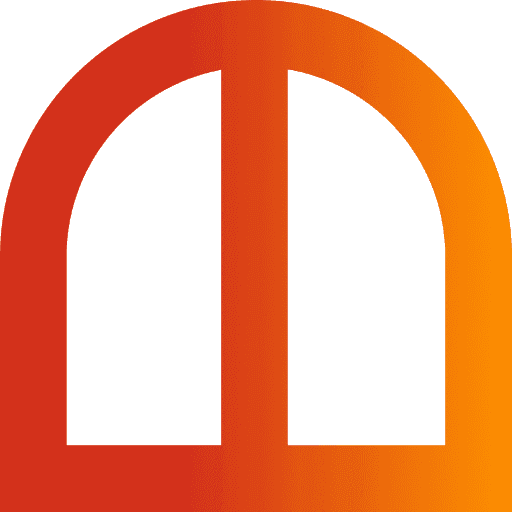
Your blog images could be costing you rankings right now. In fact, if you’re uploading images straight from your camera or design tool without optimization, you’re likely frustrating both search engines and your visitors. The good news is that learning how to optimize images for SEO isn’t rocket science, and the payoff is massive.
When visitors land on your blog, they expect a smooth, fast experience. If your images take forever to load, they’ll bounce before reading your first paragraph. Google notices this behavior and adjusts your rankings accordingly. But when you properly optimize your visual content, you create a winning combination: lightning-fast page speeds, engaged visitors, and search engines that love sending traffic your way.
This guide walks you through everything you need to know about image optimization for SEO, from choosing the right file formats to implementing advanced techniques that will set your blog apart from competitors who are still stuck using outdated practices.

Why Image Optimization Matters for Your Blog’s Success
Before diving into the technical steps of how to optimize images for SEO, let’s talk about why this matters so much for your blog’s performance and visibility.
Search engines have made it crystal clear: page speed is a ranking factor. Images typically account for the largest portion of a webpage’s total size, which means unoptimized images are the biggest culprit behind slow-loading pages. When your blog loads slowly, you’re not just annoying visitors, you’re actively hurting your chances of ranking well in search results.
Beyond speed, properly optimized images with strategic alt text optimization help search engines understand what your content is about. This understanding can land your images in Google Image Search, creating an entirely separate traffic channel that many bloggers completely ignore. Content featuring well-optimized images receives up to 94% more views than content without visuals, making image optimization a non-negotiable part of your content strategy.
At Techdella, we’ve helped dozens of startups and established businesses transform their digital presence through strategic SEO optimization. Our approach goes beyond basic image compression; we implement comprehensive strategies that align with Google’s latest algorithm updates and user experience priorities.
Understanding Core Web Vitals and Image Performance
Understanding Core Web Vitals is essential when learning how to optimize images for SEO because these metrics directly influence your search rankings and user experience.
Google uses three primary Core Web Vitals to assess website performance: Largest Contentful Paint (LCP), First Input Delay (FID), and Cumulative Layout Shift (CLS). Images play a starring role in at least two of these metrics, making proper image file size reduction and formatting critical for success.

Largest Contentful Paint measures how long it takes for the largest visible element on your page to load, and that element is often your hero image or featured blog image. If your LCP exceeds 2.5 seconds, Google considers your page slow, which negatively impacts rankings. Responsive image optimization helps ensure your images load quickly, regardless of device or connection speed.
Cumulative Layout Shift tracks how much your page elements shift around as content loads. Ever started reading an article only to have the text jump down suddenly when an image finally loads? That’s poor CLS, and it frustrates users while hurting your SEO. The solution involves using image dimension specifications (height and width attributes) so browsers reserve the correct space before images load.
When you understand these connections between image compression techniques and Core Web Vitals, you can make informed decisions that improve both user experience and search visibility. The team at Techdella specializes in technical SEO audits that identify these performance bottlenecks and implement solutions that move the needle on rankings.
Step-by-Step Guide On How to Optimize Images For SEO
Here is the right way to optimize your blog images:
1. Choosing the Right Image Format for SEO Success
Choosing the right file format plays a major role in image optimization for SEO since it affects both quality and loading speed. JPEG remains a strong choice for photos and detailed visuals because it compresses well without losing much clarity, while PNG is better for graphics that need transparency or contain limited colors. Both formats still matter, but they are no longer the only options for modern blog image optimization.

WebP format has become a preferred solution for many sites because it delivers noticeably smaller file sizes while preserving strong visual quality. It supports transparency and offers both lossy and lossless compression, which makes it versatile for a wide range of blog images. With browsers in 2026 offering broad support, WebP is a safe and effective answer for anyone researching how to optimize images for SEO. AVIF pushes performance even further with even tighter compression, and using it along with WebP and JPEG fallbacks helps maintain compatibility for all users.
When planning how to optimize images for SEO, always match the format to the type of image. WebP or AVIF works well for photos and detailed graphics, while SVG is ideal for icons and logos because it scales cleanly on any screen. Combining these formats with the HTML picture element ensures that each visitor receives the most efficient version, which boosts speed, user experience, and overall blog image optimization.
2. Mastering Image Compression Without Sacrificing Quality
Effective image compression techniques help blogs load quickly instead of slowing visitors down. Understanding lossy vs lossless compression is the foundation. Lossless keeps every pixel intact with modest reductions, while lossy removes unnoticeable data to create much smaller files that still look sharp. For most blogs, using lossy compression at about 75 to 85 percent quality delivers strong visual clarity with meaningful image file size reduction.
Improving load times is essential for strong page speed optimization, and the right tools make the job simple. TinyPNG, Squoosh, ShortPixel, and Smush help compress JPEG, PNG, and WebP files with minimal effort. These tools ensure images stay lightweight, allowing pages to load faster and rank better.
For a more advanced setup, automated pipelines work continuously in the background. At Techdella, our website development services include integrating CDNs that automatically optimize and deliver the best version of each image based on the visitor’s device and connection. This gives you consistently fast performance while you focus on producing valuable content.
3. Writing SEO-Friendly Alt Text That Drives Results
Alt text optimization is one of the most underrated parts of how to optimize images for SEO, yet it has a major impact on accessibility and rankings. Alt text gives search engines context and helps visually impaired users understand your visuals through screen readers. Without descriptive image alt text, your images stay invisible to Google and create accessibility gaps for users who rely on assistive tools.
To write effective alt text, focus on clear, specific descriptions that fit naturally within the flow of your content. Aim for short explanations that describe the image’s purpose while avoiding unnecessary phrases. This is also the perfect place to use relevant keywords in a natural way, including your main terms. Empty alt attributes are ideal for decorative elements that add no meaningful value.
Stronger search performance also comes from keyword-rich file names. Instead of uploading generic labels, rename your visuals to something meaningful. This reinforces your alt text, improves organization, and helps search engines understand the intent of your images.
4. Implementing Responsive Images for Mobile-First Indexing
With mobile-first indexing now shaping search performance, using responsive image optimization has become a central part of how to optimize images for SEO. Since Google relies on the mobile version of your site, images must load quickly on smaller screens. Techniques like responsive image implementation with the srcset attribute make this possible by letting browsers select the best image size for the device.
The picture element adds flexibility by allowing different crops or compositions for various viewports, which improves clarity on both mobile and desktop. Lazy loading images also plays a major role in speed, because it prevents unnecessary downloads until visuals are needed. Together, these practices help reduce weight, improve stability, and strengthen ranking signals across devices.
When Techdella handles a build or audit, each image is checked for correct sizing, smart loading behavior, and proper markup. This ensures your pages run efficiently and support full-stack marketing campaigns that rely on fast, search-friendly performance. By combining mobile-first indexing readiness with responsive image optimization, your content gains the speed and visibility needed to outperform competing sites.
5. Creating Image Sitemaps for Maximum Visibility
An image sitemap plays a key role in visibility because it gives search engines a clear path to every visual asset on your site. Many images fail to get indexed when they are buried in scripts or loaded in ways crawlers cannot easily reach. Including them in your sitemap strengthens how to optimize images for SEO by ensuring that nothing important gets overlooked.

You can include image details in your existing XML sitemaps with images or create a dedicated file that lists each image and its metadata. Elements like captions, titles, and licensing notes help search engines understand your visuals and rank them more accurately. WordPress users can rely on plugins such as Yoast or Rank Math to handle this automatically, while custom sites may require manual creation or specialized tools.
After generating your image sitemap, submit it through Google Search Console so Google can begin crawling your visuals. This also lets you track indexing progress and fix any issues quickly. Techdella supports this process through comprehensive technical SEO services that include sitemap optimization, helping your images reach their full organic search potential.
6. Using Structured Data to Enhance Image Appearance
Structured data for images takes your image optimization for SEO to a higher level because it gives search engines detailed context about what your visuals represent and how they support your content.
By using schema markup, you provide clear information about each image, including what it shows and how it relates to your page topic. This added clarity helps your visuals appear in rich results, knowledge panels, and other enhanced placements that improve visibility.
Different types of schema create different advantages. Article schema can help your featured images show up in Google Discover, Top Stories, and rich search features when you include the correct image URL, dimensions, and a meaningful caption.
Product schema supports ecommerce content by pairing high-quality images with pricing, availability, and review data, which can lead to rich product snippets that boost click-through rates. Recipe schema offers a strong visual impact since appealing food photos can appear in carousels that highlight ratings, cooking times, and nutrition details.
To add this structure, you typically implement JSON-LD code in your page header or footer. Many tools make the process simple, even if you are not technical. After adding your markup, always run a quick check with Google’s Rich Results Test to confirm everything is valid and ready for enhanced search display.
Common Image Optimization Mistakes to Avoid
Understanding what not to do is just as important as knowing how to optimize images for SEO correctly.
One of the most common mistakes is using stock images without customization. Generic stock photos offer little SEO value and can actually harm engagement because visitors recognize them as inauthentic. Whenever possible, create original images, infographics, or screenshots that provide unique value and give search engines original visual content to index.

Ignoring copyright laws represents another critical mistake that can result in expensive legal issues. Never use images you don’t have the right to, even if you find them through a simple Google search. Stick to properly licensed images from reputable stock photo sites, Creative Commons sources, or better yet, create your own visual content.
Uploading images without renaming them from default camera names (like “DSC_1234.jpg”) wastes an easy SEO opportunity. Those generic filenames tell search engines nothing about your images, while keyword-rich file names provide valuable context that contributes to rankings.
Over-optimizing images to the point where visual quality suffers creates a poor user experience that outweighs any performance gains. Find the balance between file size and quality, typically 75-85% quality for JPEGs, where images look crisp but files remain compact.
Finally, forgetting to specify image dimensions in your HTML leads to poor CLS scores as page layouts shift when images load. Always include width and height attributes so browsers can reserve appropriate space before images arrive, preventing frustrating layout shifts that harm both user experience and SEO.
Frequently Asked Questions
What is the best image format for SEO in 2026?
WebP currently offers the best combination of compression efficiency, quality, and browser support, making it ideal for most blog images. For even better compression, AVIF provides superior performance but requires fallback formats for maximum compatibility. Use JPEG for broad compatibility when modern formats aren’t supported, and SVG for logos and simple graphics that need to scale infinitely.
How much should I compress images without losing quality?
For most blog images, lossy compression at 75-85% quality provides the optimal balance between file size and visual appeal. At these levels, the human eye typically cannot detect quality differences, but file sizes drop dramatically.
Does image optimization really improve search rankings?
Yes, absolutely. Image optimization impacts rankings through multiple pathways: faster page speeds improve Core Web Vitals (a confirmed ranking factor), properly optimized images can appear in Image Search, driving additional traffic, and improved user experience metrics (like lower bounce rates and longer dwell times) signal quality to search algorithms.
Conclusion
Learning how to optimize images for SEO is only one part of building a blog that attracts organic traffic and converts readers. When your visuals follow modern image optimization best practices, your site loads faster, engagement improves, and search engines reward you.
The real impact comes when this is aligned with a broader content marketing strategy that supports your brand, guides your messaging, and drives long-term growth. At Techdella, we help startups and scaling businesses achieve this by creating full-stack marketing systems that turn traffic into measurable results.
Whether you need a website upgrade with advanced image optimization built in, ongoing technical SEO support, or a complete content strategy that uses visual assets for higher impact, we work as your embedded growth partner. If you want your blog to rank better and perform stronger, book a discovery call with Techdella today so we can build a growth plan that fits your goals.




